The automotive industry's relentless pursuit of efficiency has led to the widespread adoption of 48V mild hybrid (MHEV) systems. Among the critical components enabling these systems is the electric turbocharger, a technology that not only enhances performance but also plays a pivotal role in reducing emissions. This article delves into the air supplementation strategies for 48V mild hybrids, exploring how electrification is reshaping forced induction.
Traditional turbocharging has long been plagued by turbo lag—the delay between throttle input and boost delivery. While mechanical solutions like twin-scroll or variable geometry turbos mitigate this, electrification offers a more elegant fix. By integrating a 48V electric motor directly into the turbocharger assembly, engineers can spool the compressor wheel before exhaust gases arrive, effectively eliminating lag. This pre-spooling capability transforms the turbocharger from a reactive component to an active participant in engine management.
The 48V architecture strikes an ideal balance between performance and cost. Unlike high-voltage hybrids, 48V systems require minimal modifications to existing vehicle platforms while delivering tangible benefits. The electric turbocharger leverages this voltage to provide instantaneous boost during low-RPM acceleration, where traditional turbos are least effective. Moreover, during deceleration, the system can harvest energy through regenerative braking, feeding it back to the 48V battery—a clever synergy between performance and efficiency.
Air supplementation in 48V MHEVs isn't limited to the turbo alone. Engineers employ cascaded charging systems where the electric turbo works in concert with conventional turbochargers or superchargers. In multi-stage setups, the e-turbo handles low-end torque fill while the mechanical turbo takes over at higher RPMs. This division of labor allows smaller, more efficient main turbos to be used without sacrificing responsiveness—a key advantage in downsized engines where every cubic centimeter counts.
Thermal management presents unique challenges in electrified forced induction. The proximity of high-voltage components to hot exhaust streams demands innovative cooling solutions. Some manufacturers employ dedicated 48V-powered coolant pumps that maintain optimal temperatures even when the engine is off—a capability impossible with 12V systems. This thermal precision extends component life and ensures consistent performance during aggressive driving cycles.
From an emissions perspective, 48V e-turbos enable leaner combustion strategies. By precisely controlling boost pressure independent of engine speed, the system maintains ideal air-fuel ratios across the rev range. This proves particularly valuable during cold starts when traditional turbos are ineffective, allowing catalysts to light off faster. Some implementations even use the e-turbo as an exhaust gas recirculation (EGR) pump, further reducing NOx emissions under load.
The control algorithms governing these systems represent a paradigm shift in engine management. Modern torque-based control systems treat the e-turbo as another actuator in the powertrain's arsenal. By integrating its operation with ignition timing, fuel injection, and transmission shifts, engineers create seamless power delivery that feels naturally aspirated. The 48V system's rapid response enables torque vectoring between the engine and e-turbo at millisecond intervals—something mechanical linkages could never achieve.
Looking ahead, the evolution of 48V air supplementation points toward fully integrated charge air paths. Prototypes already showcase e-turbos with integrated intercoolers and charge air moisture separators, reducing plumbing losses. As power electronics shrink, we may see e-turbos morph into multi-functional "air management modules" that handle everything from cabin HVAC to particulate filter regeneration—all powered by the versatile 48V mild hybrid system.
While often overshadowed by flashy BEV developments, 48V mild hybrids with electric turbocharging demonstrate how incremental innovation can yield substantial real-world benefits. For automakers navigating the transition to electrification, these systems offer a compelling middle ground—delivering hybrid efficiency without abandoning the internal combustion engines that still power most global vehicles. As emissions regulations tighten worldwide, the marriage of 48V architecture and intelligent air supplementation may well determine which powertrains survive the coming decade.
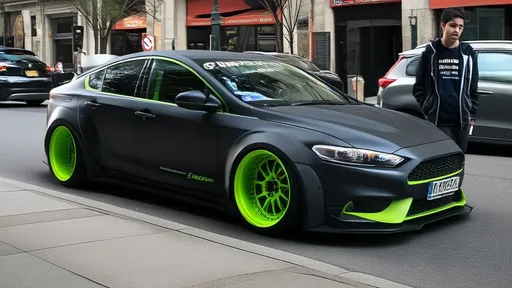
By /Jun 15, 2025
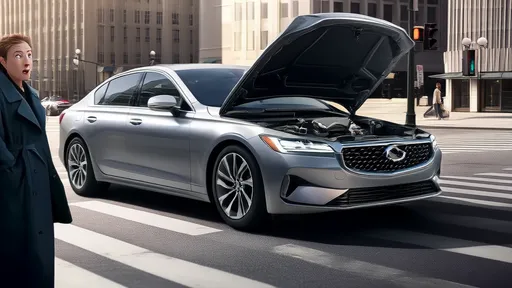
By /Jun 15, 2025

By /Jun 15, 2025

By /Jun 15, 2025
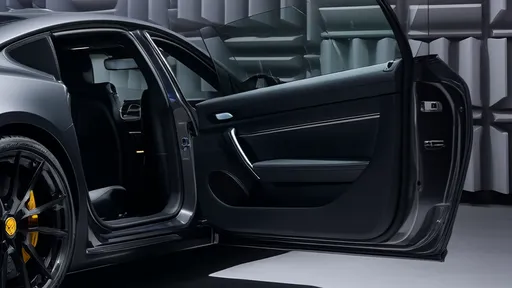
By /Jun 15, 2025
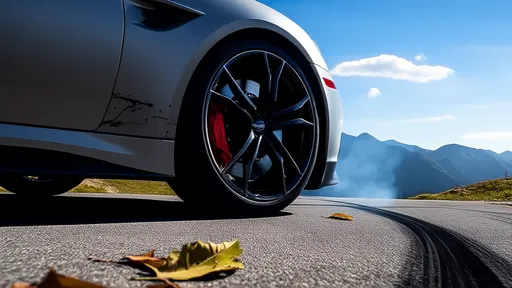
By /Jun 15, 2025

By /Jun 15, 2025
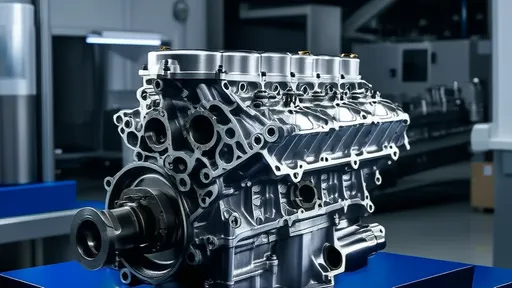
By /Jun 15, 2025
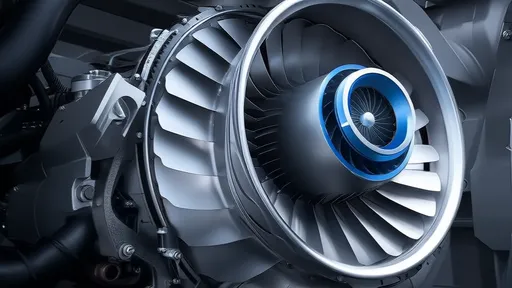
By /Jun 15, 2025

By /Jun 15, 2025
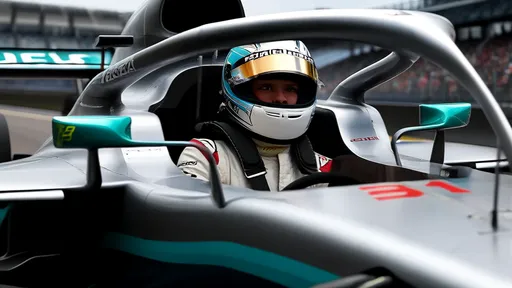
By /Jun 15, 2025

By /Jun 15, 2025
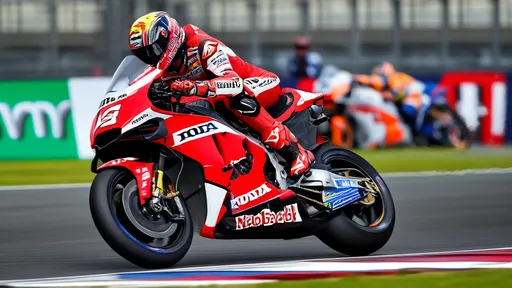
By /Jun 15, 2025
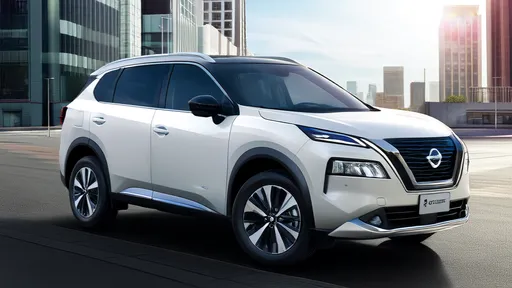
By /Jun 15, 2025
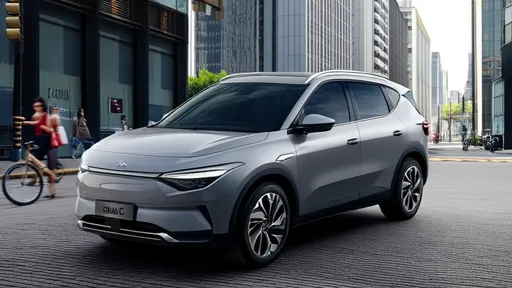
By /Jun 15, 2025
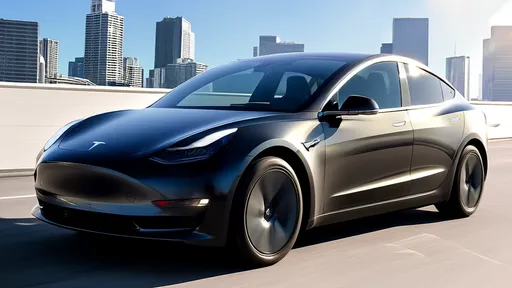
By /Jun 15, 2025